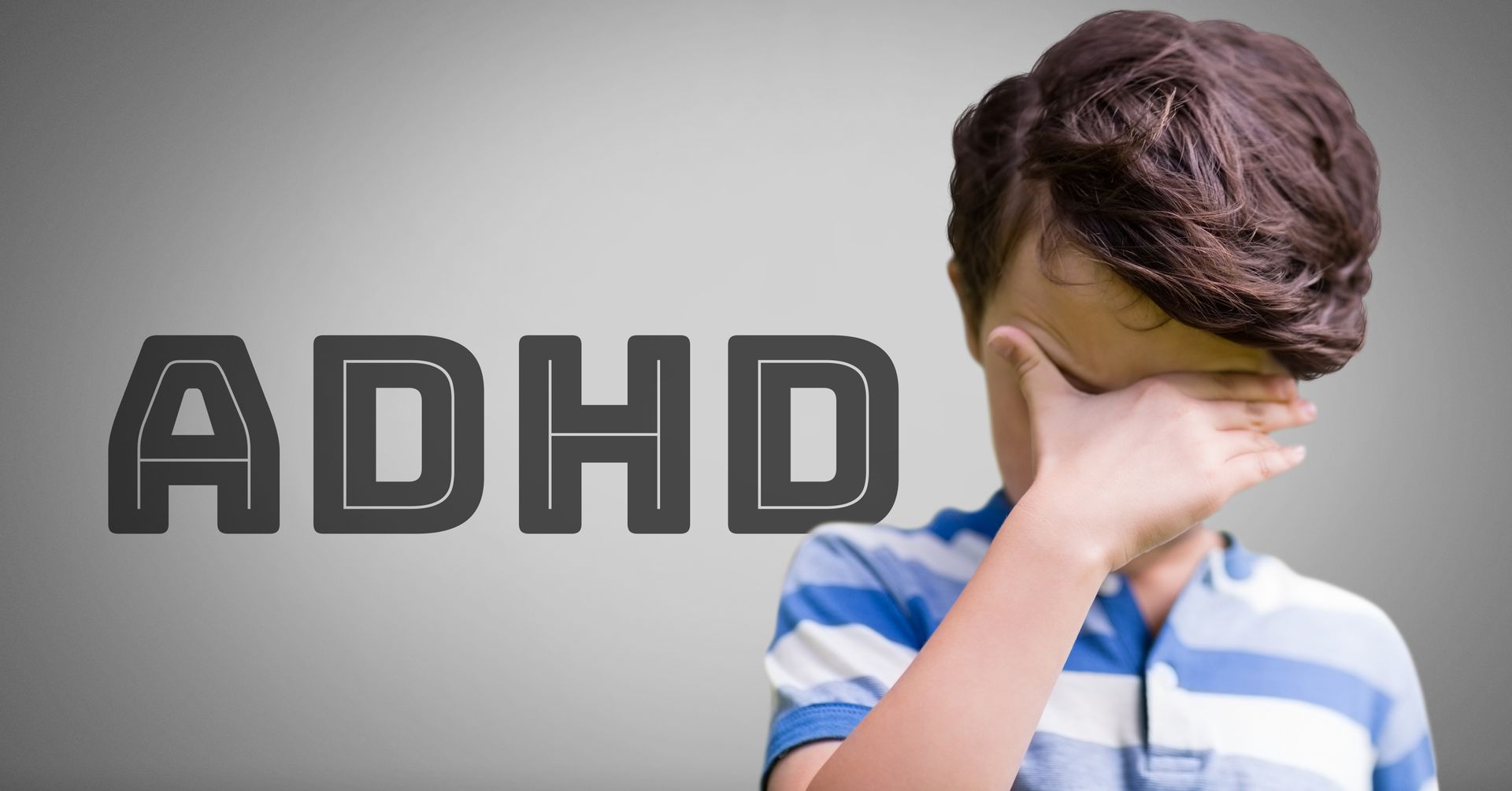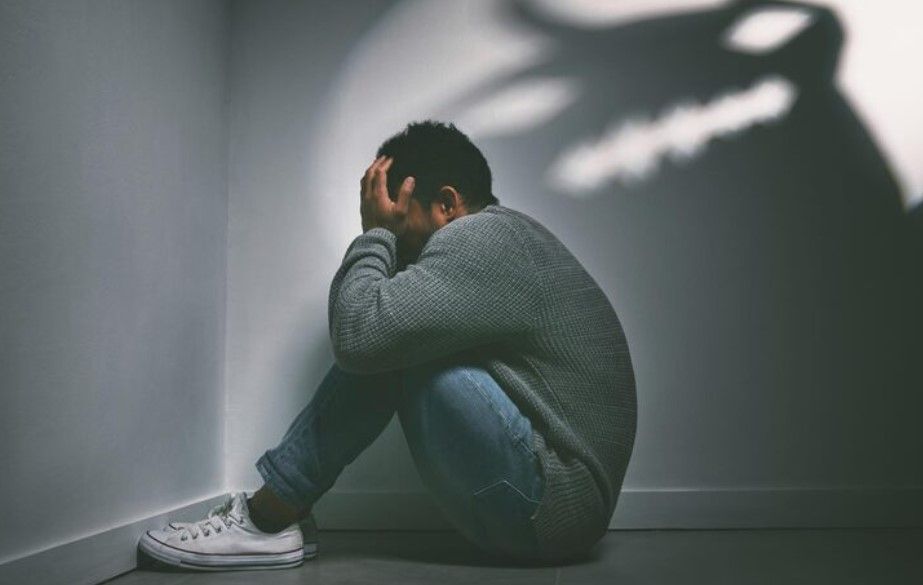The Quiet Struggle: Navigating Life with Undiagnosed ADHD
Introduction: The Invisible Challenge
For many, ADHD conjures images of hyperactive children bouncing off classroom walls. But for countless adults, especially women and high-functioning professionals, the reality is far quieter—and far more elusive. Undiagnosed ADHD often masquerades as anxiety, laziness, or poor time management, leaving individuals to navigate life with a constant sense of falling short, despite their best efforts.
This is the story of the struggle that doesn’t shout. It whispers through missed deadlines, forgotten appointments, and the exhausting effort of holding it all together.

What ADHD Looks Like When It’s Not Diagnosed
ADHD isn’t just about attention—it’s about regulation: of focus, emotions, impulses, and energy. When undiagnosed, it can manifest in ways that are easily misunderstood:
- Chronic procrastination followed by bursts of hyper-focus
- Emotional overwhelm from seemingly minor stressors
- Difficulty starting or finishing tasks, despite clear intentions
- Sensitivity to rejection or criticism (often linked to Rejection Sensitive Dysphoria)
- A lifetime of being labeled “too much,” “too scattered,” or “not living up to potential”
Because these traits can overlap with anxiety, depression, or even giftedness, many individuals—especially women and marginalized groups—slip through the diagnostic cracks.
The Cost of Not Knowing
Living with undiagnosed ADHD can feel like running a marathon with invisible weights. The cognitive load of masking symptoms, compensating for executive dysfunction, and managing emotional dysregulation can lead to:
- Burnout and chronic fatigue
- Strained relationships due to forgetfulness or emotional reactivity
- Career stagnation despite talent and ambition
- Low self-esteem rooted in years of internalized failure
Many develop elaborate coping mechanisms—color-coded calendars, perfectionism, people-pleasing—that work until they don’t. And when they collapse, the fallout can be devastating.
Why Diagnosis Matters
Receiving an ADHD diagnosis isn’t about labeling—it’s about unlocking understanding. It reframes past struggles not as personal failings, but as neurological differences. With diagnosis comes access to:
- Tailored therapy and coaching
- Medication options that support focus and emotional regulation
- Community and validation from others with similar experiences
- Tools for building sustainable routines and self-compassion
For many, diagnosis is the first step toward rewriting their narrative—from “I’m broken” to “I’m wired differently, and that’s okay.”
Moving Forward: Awareness, Advocacy, and Adaptation
As awareness grows, so does the need for systemic change. Schools, workplaces, and healthcare systems must evolve to recognize the nuanced presentations of ADHD—especially in adults and underrepresented populations.
Key shifts include:
- Training clinicians to spot non-hyperactive symptoms
- Creating inclusive work environments that honor neurodiversity
- Normalizing mental health screenings as part of routine care
- Amplifying lived experiences to challenge stereotypes and stigma
Conclusion: From Quiet Struggle to Empowered Living
Undiagnosed ADHD is more than a personal challenge—it’s a public health issue hiding in plain sight. By listening to the quiet struggle, we open the door to empathy, innovation, and healing. And for those still searching for answers, the message is clear: You’re not lazy. You’re not broken. You’re not alone.
CATEGORIES












